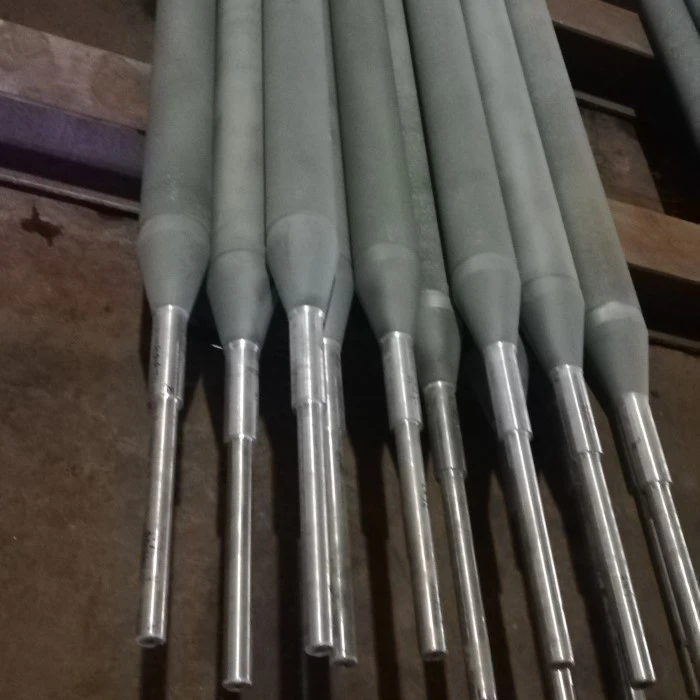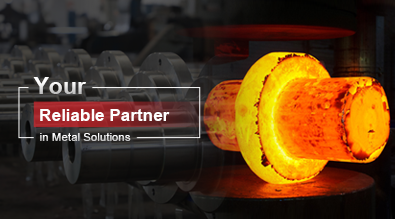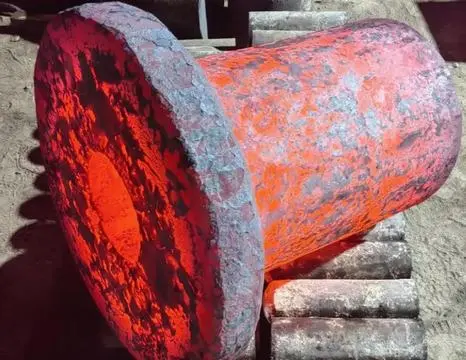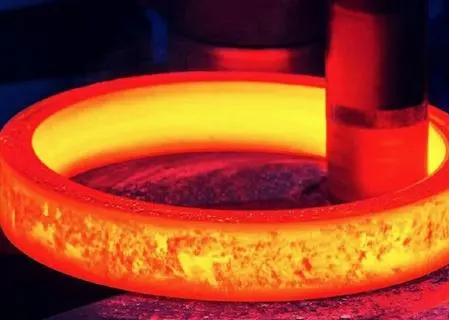Design and Material Considerations for Furnace Rolls in Chemical Environments
Advanced Alloy Selection for Chemical Resistance
The selection of appropriate materials is paramount when designing furnace rolls for harsh chemical environments. Engineers often opt for high-performance alloys such as Inconel, Hastelloy, or specialized stainless steels. These materials exhibit exceptional resistance to chemical attack, oxidation, and high-temperature deformation. The choice of alloy depends on the specific chemical composition of the environment, operating temperatures, and mechanical stress requirements. For instance, nickel-based superalloys like Inconel 718 offer superior corrosion resistance in chloride-rich environments, while austenitic stainless steels like AISI 310 provide excellent oxidation resistance at elevated temperatures.
Surface Engineering Techniques for Enhanced Protection
To further enhance the durability of furnace rolls, various surface engineering techniques are employed. Thermal spraying, for example, can deposit a protective layer of ceramic or metal-ceramic composite onto the roll surface. This coating acts as a barrier against chemical attack and reduces wear. Another effective method is nitriding, which creates a hardened surface layer rich in nitrogen, improving both wear resistance and chemical inertness. Some manufacturers also utilize advanced techniques like laser cladding to apply a metallurgically bonded layer of corrosion-resistant material to the roll surface, providing long-lasting protection in aggressive chemical environments.
Optimized Geometrical Design for Thermal Management
The geometrical design of furnace rolls plays a significant role in their performance within harsh chemical settings. Engineers carefully consider factors such as roll diameter, wall thickness, and internal cooling channels to optimize thermal management. Larger diameters can provide better heat distribution and reduce thermal stress, while properly designed cooling channels ensure efficient heat dissipation. Some advanced designs incorporate spiral or helical internal passages that enhance coolant flow and promote uniform temperature distribution across the roll surface. This careful balance of thermal considerations helps prevent localized hot spots that could accelerate chemical attack or lead to premature failure.
Operational Strategies for Furnace Rolls in Corrosive Atmospheres
Controlled Atmosphere Management
Effective operation of furnace rolls in corrosive atmospheres often involves careful management of the surrounding environment. This can include the use of inert gas purging systems to displace oxygen and reduce oxidation rates. In some cases, controlled introduction of reducing agents or scavenger gases can help neutralize corrosive species before they interact with the roll surface. Maintaining precise control over the furnace atmosphere composition, pressure, and flow patterns is essential for creating a less aggressive environment around the rolls, thereby extending their operational lifespan and maintaining consistent performance.
Dynamic Load Distribution Techniques
To minimize wear and extend the service life of furnace rolls in harsh chemical environments, operators employ dynamic load distribution techniques. This involves periodically adjusting the position of the rolls or the material being processed to prevent localized wear patterns. Some advanced systems utilize automated roll positioning mechanisms that continuously optimize the contact points between the rolls and the processed materials. By distributing the mechanical and thermal loads more evenly across the roll surface, these techniques help prevent the formation of weak points that could be more susceptible to chemical attack or mechanical failure.
Predictive Maintenance and Condition Monitoring
Implementing robust predictive maintenance strategies is crucial for ensuring the reliable operation of furnace rolls in corrosive environments. This often involves the use of advanced sensor systems that continuously monitor key parameters such as temperature, vibration, and surface condition. Non-destructive testing techniques like ultrasonic thickness measurements or eddy current inspections can be periodically performed to assess the integrity of the roll structure. By analyzing this data using machine learning algorithms, operators can predict potential failures before they occur, allowing for timely interventions and minimizing unplanned downtime. Some state-of-the-art systems even incorporate real-time corrosion monitoring sensors that can detect changes in the chemical environment and alert operators to potentially damaging conditions.
Advancements in Furnace Roll Technology for Extreme Chemical Resistance
Nano-engineered Composite Materials
Recent advancements in materials science have led to the development of nano-engineered composite materials for furnace rolls operating in extreme chemical environments. These innovative materials often combine traditional alloy bases with nano-scale reinforcements, such as ceramic nanoparticles or carbon nanotubes. The resulting composites exhibit enhanced mechanical properties, improved thermal stability, and superior chemical resistance compared to conventional alloys. For example, nickel-based superalloys reinforced with nano-dispersed oxide particles have shown exceptional resistance to high-temperature corrosion in aggressive sulfur-containing atmospheres. These advanced materials open new possibilities for furnace roll applications in previously challenging chemical processing environments.
Smart Coating Systems with Self-healing Properties
The latest developments in protective coatings for furnace rolls include smart systems with self-healing capabilities. These advanced coatings incorporate microencapsulated healing agents that are released when the coating is damaged, automatically repairing minor scratches or cracks before they can lead to more serious corrosion issues. Some self-healing coatings utilize shape memory polymers that can recover their original shape and seal small defects when exposed to certain stimuli, such as heat or UV light. By providing an additional layer of defense against chemical attack, these innovative coating technologies significantly extend the operational life of furnace rolls in harsh environments.
Integrated Sensor Networks for Real-time Performance Optimization
Cutting-edge furnace roll designs now incorporate integrated sensor networks that enable real-time performance optimization. These systems embed various types of sensors directly into the roll structure, allowing for continuous monitoring of critical parameters such as temperature distribution, chemical composition of the surrounding atmosphere, and mechanical stress levels. Advanced data analytics and machine learning algorithms process this information to dynamically adjust operating conditions, such as cooling rates or roll positioning, to maximize performance and minimize degradation. Some systems even utilize predictive modeling to simulate the long-term effects of different operating conditions, enabling operators to make informed decisions about process parameters and maintenance schedules to optimize the longevity and efficiency of furnace rolls in harsh chemical environments.
In conclusion, the operation of furnace rolls in harsh chemical environments requires a multifaceted approach combining advanced materials, innovative designs, and sophisticated operational strategies. By leveraging cutting-edge technologies and implementing robust maintenance practices, industries can ensure the reliable and efficient performance of these critical components in even the most challenging chemical processing applications. For more information on furnace rolls and their applications in harsh environments, please contact us at info@welongpost.com.
References
- 5 Experts on Advantages and Applications of Roller Hearth Systems. (2025, January 17). Heat Treat Today.
- OEM Hearth / Furnace Roll Manufacturer, Factory. (2024, August 21). Meigang Group.
- Radiant Tubes & Furnace Rolls - Ferralloy Inc. (2023, November 8). Ferralloy Inc.
- The Function And Use Of Furnace Roll. (2023, December 27). Refiner Mills.
- Continuous Annealing Furnace Rolls - EB Castworld. (2024, December 9). EB Castworld.
- Carboline | Coatings - Linings - Fireproofing. (2024, November 8). Carboline. References




